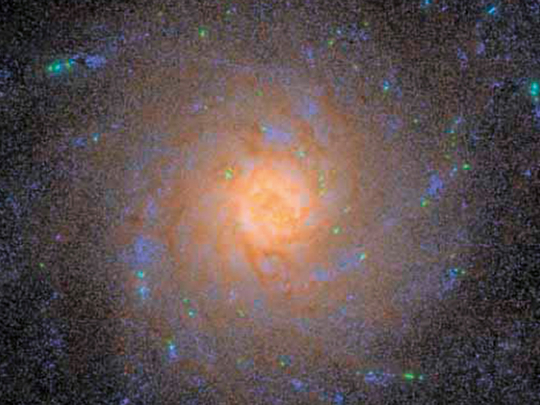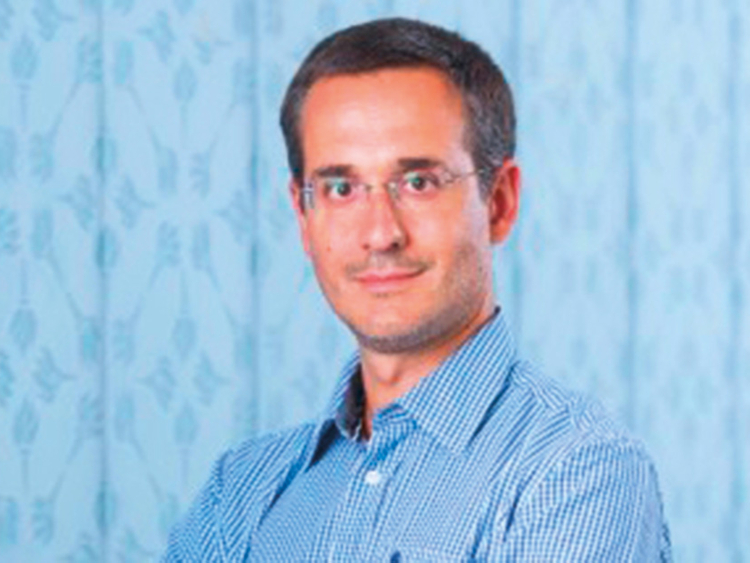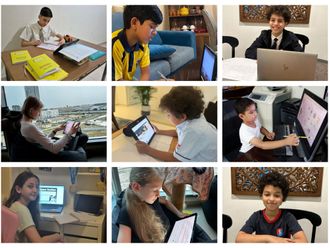
Abu Dhabi: Scientists at New York University Abu Dhabi (NYUAD) have successfully simulated the formation of galaxies through the creation of a supercomputer — 6,000 connected processors that accurately display how galaxies are formed in our universe.
With an estimated two trillion galaxies believed to be in existence, including our own Milky Way, scientists have diligently worked at trying to understand their true nature, including the components that make them up such as Dark Matter, of which scientists know very little about.
“The idea of our project is to broadly understand how galaxies form. Galaxies, due to their size, timescales and temperatures, cannot be recreated in a laboratory, so in order to try to recreate a galaxy, you need a computer on which you can simulate the creation of the galaxies,” said Andrea Maccio, project principal investigator and NYUAD associate professor of physics.
“We see galaxies in the sky, and it’s like looking at a picture of cake, but the main thing is that you want to understand the recipe and ingredients that make up that cake. Some things are obvious, we know there is gas and Dark Matter in the galaxy, but the question is how to mix those two components together and for how long. The only way to answer these questions is to put these components in a computer and that is what the simulator programme does,” Maccio added.
Maccio said that the computer simulator had so far managed to successfully create 100 galaxies.
“The computer simulator has created 100 galaxies, with all of the simulations carried out at NYUAD. This can’t be done on any normal computer, you need a supercomputer for such a task, and so our supercomputer has 6,000 processors — that is 6,000 computers connected together to be able to carry out the programme.”
Building such a programme was no easy task, according to Maccio, with the project being more than 15 years in the making.
“I have been working on this project for the last 15 years. The original programme itself was written by my mentor in the year 2000, and for the last 15 years, I have been working with a team on building on from his idea.
“The supercomputer is a very big achievement for the project, it has been built by engineers in the UAE, and has been a major success so far producing 100 galaxies,” he added.
One component that Maccio and his team are actively trying to figure out is Dark Matter, one of the key components that make up the universe.
“Nobody really knows what Dark Matter is, it is one of the biggest mysteries in physics. The little we do know about Dark Matter is that it does not emit or absorb light, that it has weight, and that it has been there since the beginning of the universe.
“With the computer simulation, we can see Dark Matter because of the computer data, so we can then predict how much Dark Matter is around the Sun, for example. So with the simulation, we are trying to gain more insight into Dark Matter and its distribution in the galaxy — how much Dark Matter is in the centre of the galaxy, how much is outside [the galaxy], and to guide scientists on where they can look to find Dark Matter,” he added.
Ultimately, Maccio says the research project will provide scientific benefits to understanding the origins of the galaxy.
“The scientific benefit from this research and its results will allow us to understand where do we come from. We live in a galaxy and we know that it goes around in a given velocity, so the question is why and how it does that and this is of course tied to the formation of the galaxy.
“These questions and answers are also tied to the formation of the Sun, which in turn is linked with the formation of our own planet, and so practically by connecting the dots, you are also going back to the origin of life,” he said.













